About the Titanic
Despite the RMS Titanic’s initial advertisements, it really wasn’t one of its kind. However, it was the first super cruise liner and was quickly called the ‘Queen of the Ocean,’ along with holding the reputation of being unsinkable. It was an important vessel in its day and age.
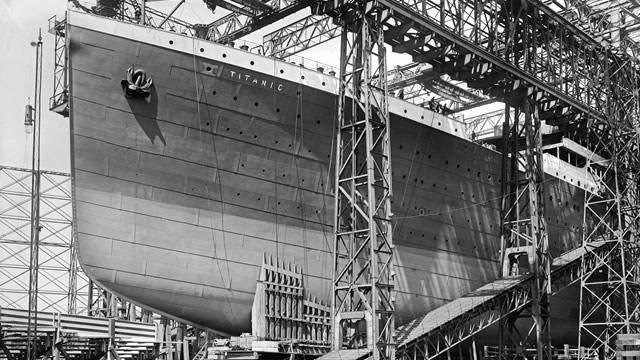
About The Titanic
The Battle of Cruisers
J. Bruce Ismay was overseeing chief and White Star Line executive that was under a large amount of strain to transform the voyage line company. The White Star Line was attempting to battle against rival companies in the transoceanic cruiser wars.
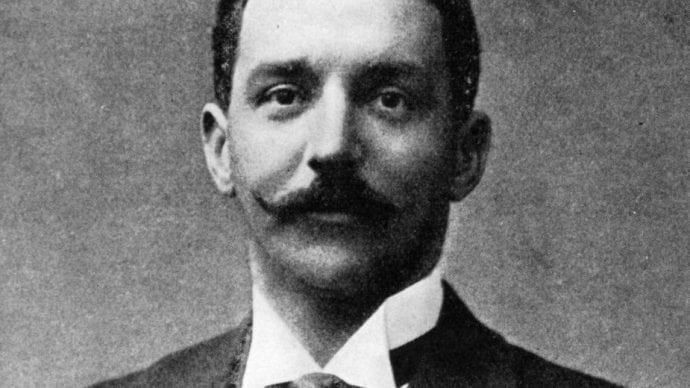
The Battle Of Cruisers
A Low Budget
Thomas Andrews was the chief planner that supervised the development and construction of the RMS Titanic. His arrangements for this rich and luxurious ship were cut short when Ismay told the chief planner that they needed to cut the spending on the ship.
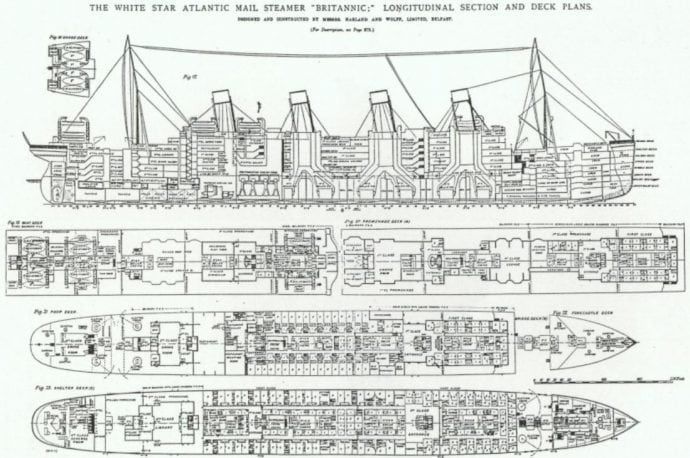
A Low Budget
The National Coal Strike
The construction of the ship was commenced during a specific time in history. The nation was under a fierce coal strike when the Titanic first saw the sun. This time period is now known as the 1912 National Coal Strike.
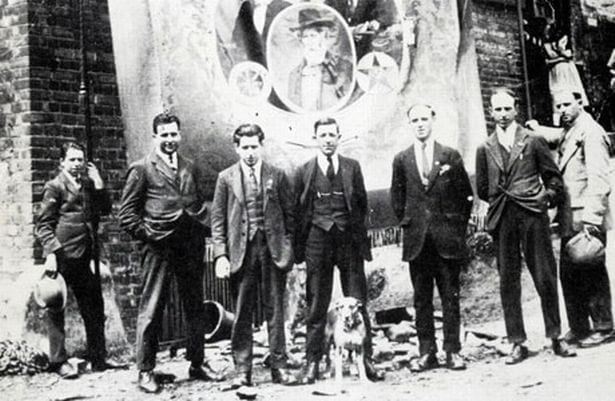
The National Coal Strike
A Documentary on the Titanic
The 1912 National Coal Strike was one contributing factor for the increase in coal. This increased price of coal put a damper on Ismay’s financial plans. The 2017 documentary about the Titanic created speculation that fuel deficiency was one of the reasons for the sinking of the ship.
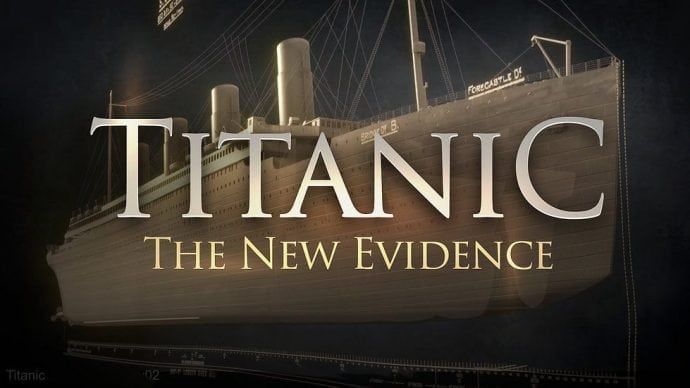
A Documentary On The Titanic
More Budget Cuts
The Titanic’s budget cuts didn’t end there. The best way to describe its construction is to think of the Titanic as a banana: it seems thick and robust, but once striped, it’s a delicate fruit. The Titanic was solid from the outside but easily susceptible on the inside.
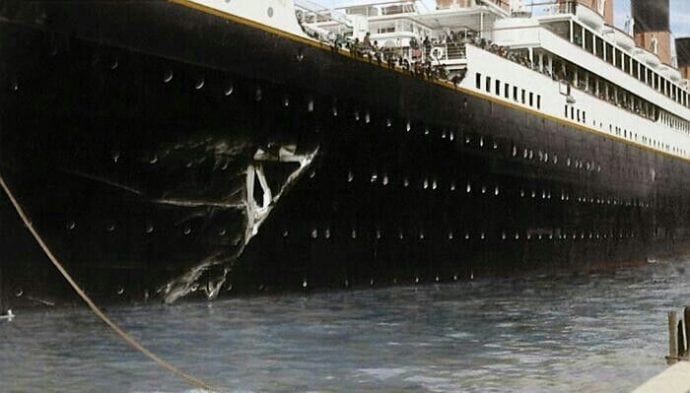
More Budget Cuts
A Deceiving Ship
The Titanic was advertised as being a luxurious ship. However, the tragedy is that that was a complete and utter scam. It wasn’t just the defective materials, but the safety measures were voided to save money because it wasn’t needed on an ‘unsinkable’ ship.
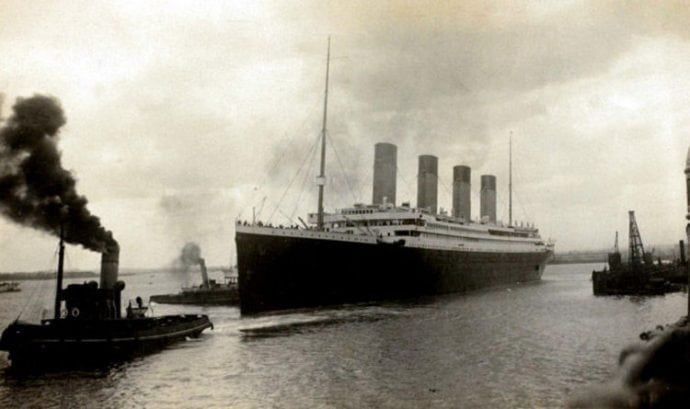
A Deceiving Ship
An Insightful Photo Album
A man named Raffield found an incredible photo album. As he was browsing through the photos, he saw something very peculiar. At first glance, it looked as though it was a simple damaged element or glare to the picture. However, that wasn’t the case.
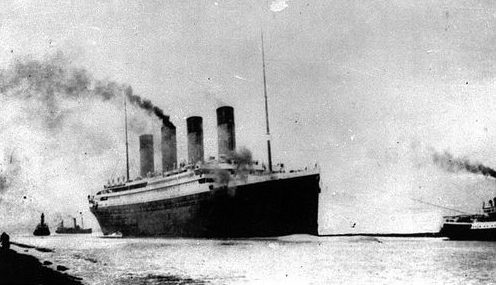
An Insightful Photo Album
What Was It?
Raffield couldn’t be sure of what he was seeing. That’s when he decided to blow up the pictures. What he saw was shocking. There seemed to be a 30-foot-long scorched mark. However, he crossed checked this mark with the rest of the photos to find the mark in all of the pictures.
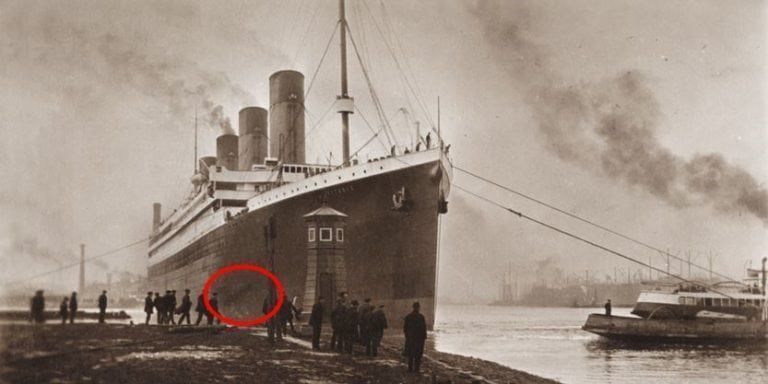
What Was It?
The Titanic’s Great Fire
It’s no doubt that the Titanic was massive, and that means it needs a load of energy to power it. The coal bunkers needed to be big enough to accommodate the size of the ship. The coal burners had a standard functionality, but one thing that was peculiar was an element that managed to heat up the reserve.
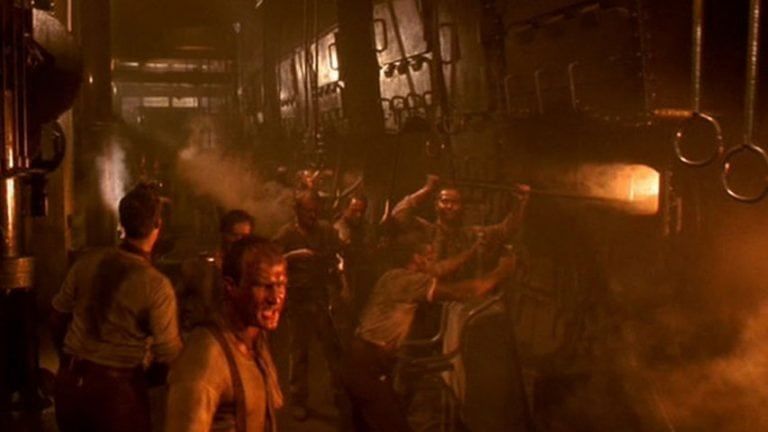
The Titanic’s Great Fire
Shocking Reports
It may seem like this incident was a minor setback and could be fixed with the help of a few firemen on board. However, the chilling fact is that the fire wasn’t extinguished before the Titanic departed on its maiden voyage.
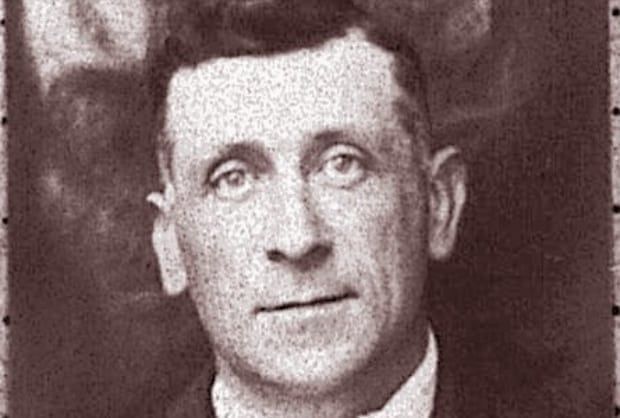
Shocking Reports
Fighting the Fire
Eleven men were tasked to put the fire out, but it was an unsuccessful mission. The fire was still burning and growing more robust as the days went by. However, what makes this fact even more chilling is that the passengers weren’t informed about the fire.
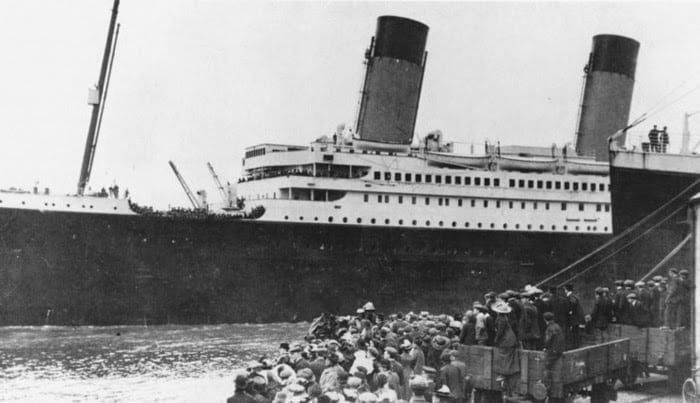
Fighting The Fire
A Ship-Full of Lies
Ismay was placing a lot of emphasis on making a good impression so that the investors would forget about all the funds that had been put into the ship. To provide this impression, the first-class areas were luxurious and expensive, even if the structure of crumbling.
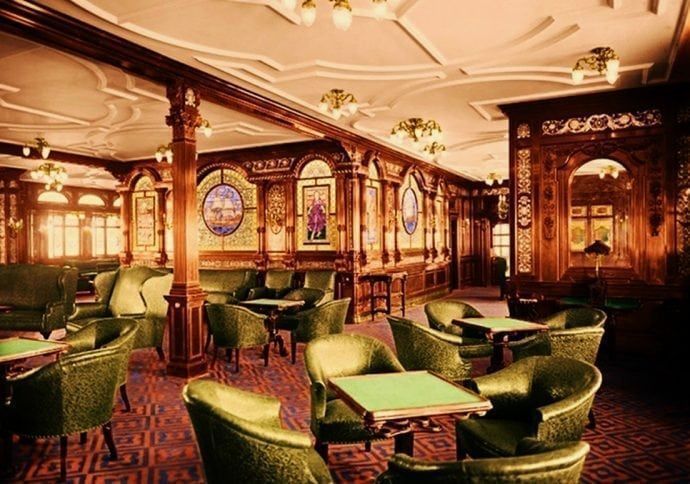
A Ship Full Of Lies
The Increase In Temperatures
The fire may not have seemed like a big deal because it didn’t have anything to do with the ship sinking, right? The ultimate cause was the ship hitting an iceberg, but many other contributing factors occurred during the journey that impacted the final outcome.

The Increase In Temperatures
Coal and Fire
Guillermo Rein, a coal fire specialist, had stated that the coal wasn’t only on fire for days before anyone noticed, it was possibly already heating up excessively before the ship has even left Southampton. It could have been a matter of days or weeks before someone noticed the fire.
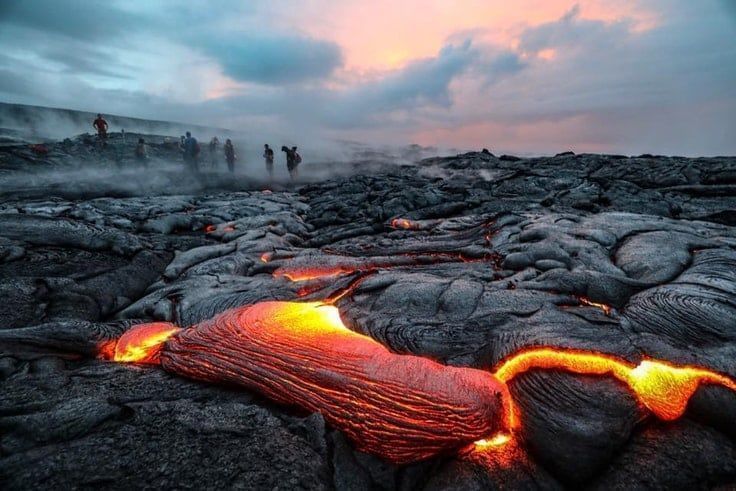
Coal And Fire
The Mess Aboard the Titanic
Now that we have all the pieces let’s put it together. The Titanic has a fire burning between 1,000 and 2,000 degrees within a specialized bunker storing coal. Next to this bunker was a bulkhead that was designed to fill up with water in the case of a breach.
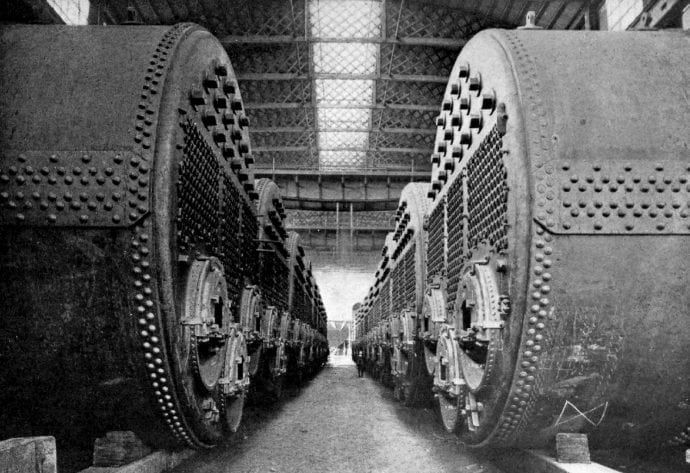
The Mess Aboard The Titanic
Brave Workers
The fire was in full effect when the Titanic left Southampton and set across the Atlantic. However, the brave workers were able to slow down the fire can keep it under control as they began working to repair the damaged caused.
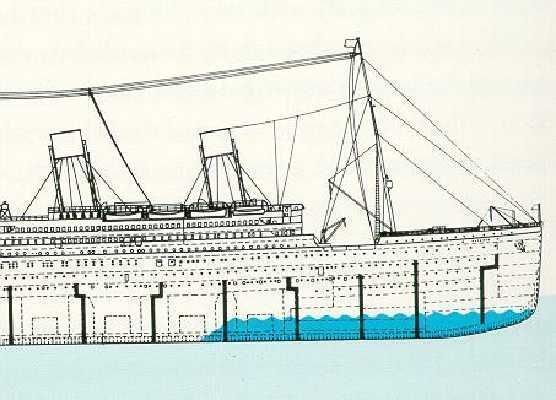
Brave Workers
Burning Through the Storage of Coal
The only way to get rid of the burning coal was to move it away from the rest of the coal. This may seem like a tricky business because the entire bunker was a coal storage facility. However, the workers decided to resolve this issue by throwing the burning coal in the furnaces.
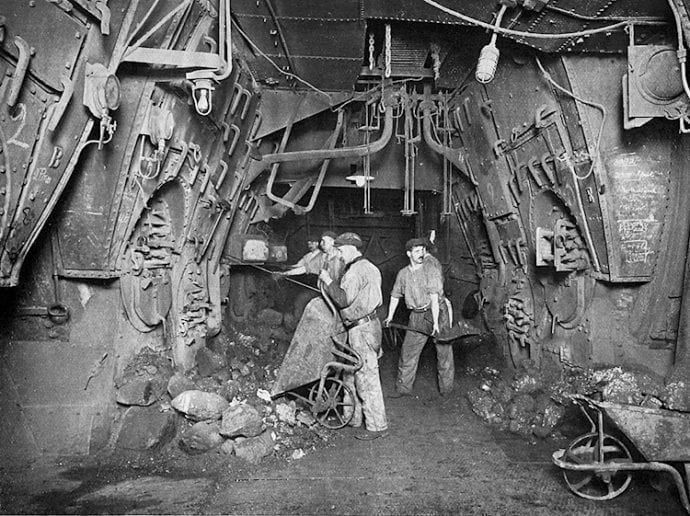
Burning Through The Storage Of Coal
The Warnings Were Ignored
The Titanic received a fair amount of serious warnings detailing that they were moving towards an ice patch. Captain Edward John Smith wanted to slow down but was overruled by those who wished to keep the pace and get across the Atlantic faster.
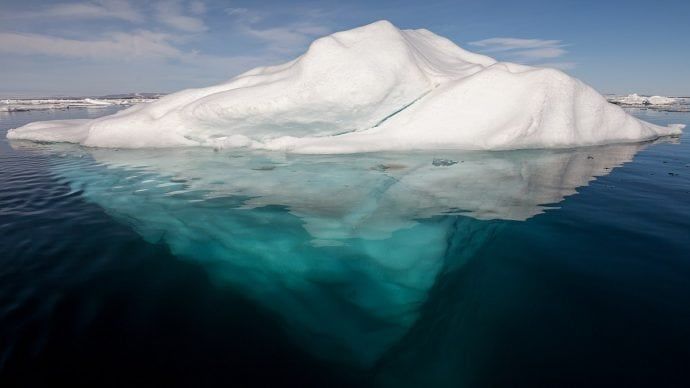
The Warnings Were Ignored
The Unsinkable Ship Sinks
April 14, 1912, was the day that it all came crashing down for Ismay. This was when the Titanic collided with a massive iceberg. It took a total of two hours and 40 minutes for the entire ship to sink beneath the surface.
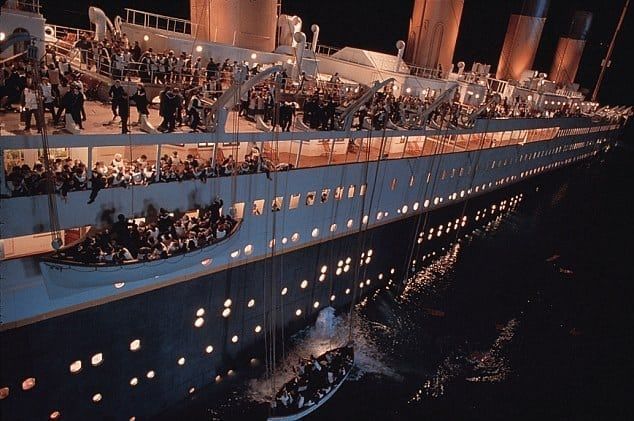
The Unsinkable Ship Sinks
Trying to Fix It
The final water compartment was the one located right next to the coal bunker. The only reason for the water being kept out of the bunker was from weakened steel and rapid patchwork. Nonetheless, this handy work wasn’t a match for the intense pressure the bunker faced.
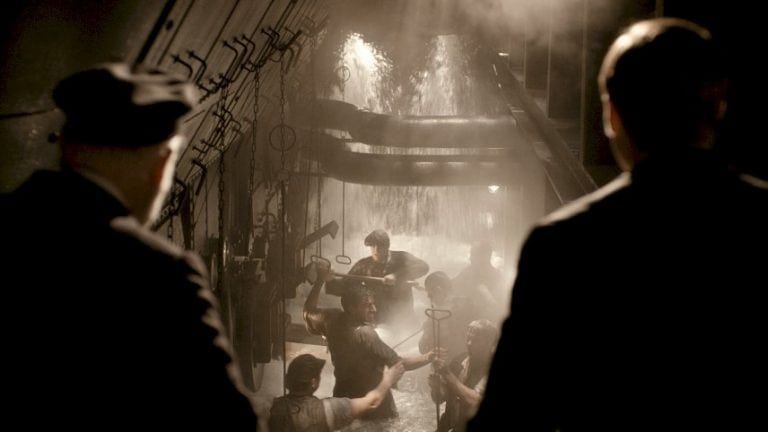
Trying To Fix It
The Research
According to the research conducted by a man named Molony, showed that if the last compartment containing the last bulkhead never filled with water, the Titanic would have sunk twice as slow. This would have left more than enough time to send out distress signals and, as a result, save a lot more lives.

The Research
Distress Signals
Ismay was afraid of the truth coming out in the investigation of the ship’s sinking. For this reason, he telegrammed each of the firemen that helped on the Titanic as quickly as he could. After this, Ismay claimed that all of the firemen had died in the accident.
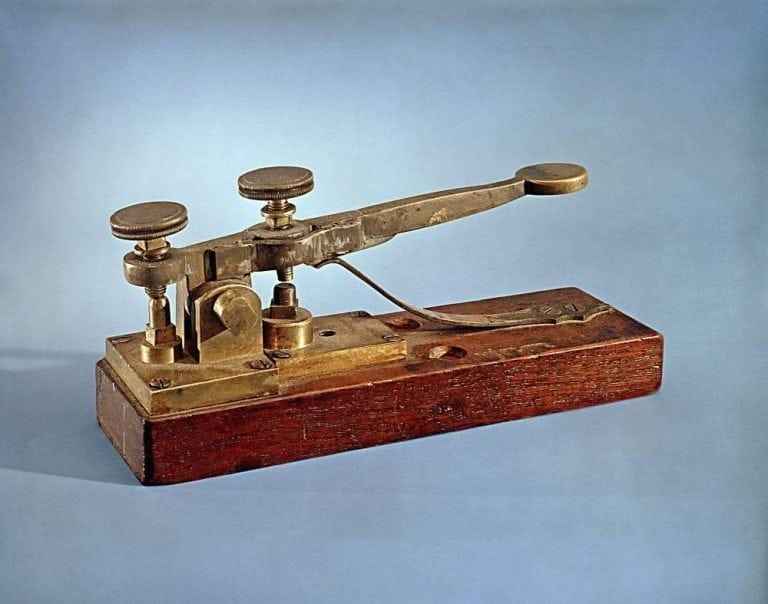
Distress Signals
Meet Lord Mersey
Lord Mersey, or John Charles Bigham, was the high court judge that was tasked with the case. He quickly dismissed the evidence of the fire as irrelevant out of impatience. It became clear that the judge wanted this investigation to be wrapped up quickly.
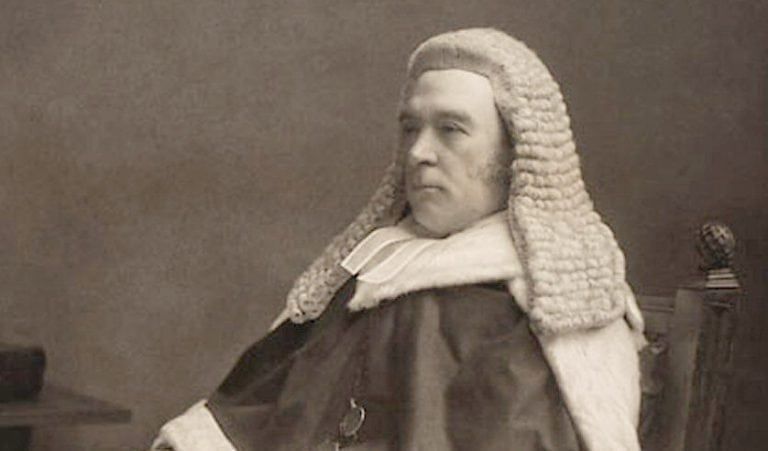
Meet Lord Mersey
The Final Ruling
Lord Mersey decided that the Titanic had sunk in an incident which was due to excessive speed, along with the colliding with an iceberg. This simple ruling was seen as below average and stayed with the public for many, many years.
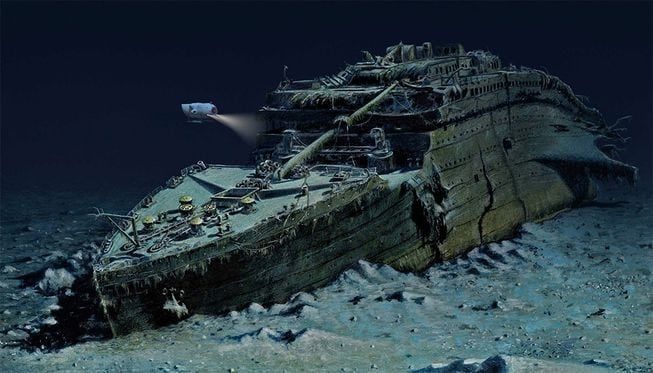
The Final Ruling
What Came Next?
It’s very suspicious that the fire was completely omitted from the trial. In addition to this, Ismay was able to walk away scot-free even though he knew about everything that was going wrong with the ship. Even though the case was deemed accidental, White Star Line had to pay a good sum in repercussions.
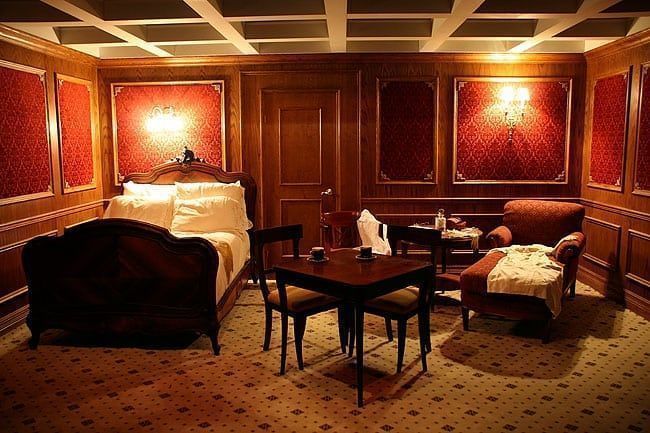
What Came Next?
Terrible Decisions
Ismay did make some very terrible decisions in order to keep White Star Line from facing bankruptcy. He was knowingly risking the lives of men, women, and children. He cut corners in the construction and traveled recklessly across the Atlantic.
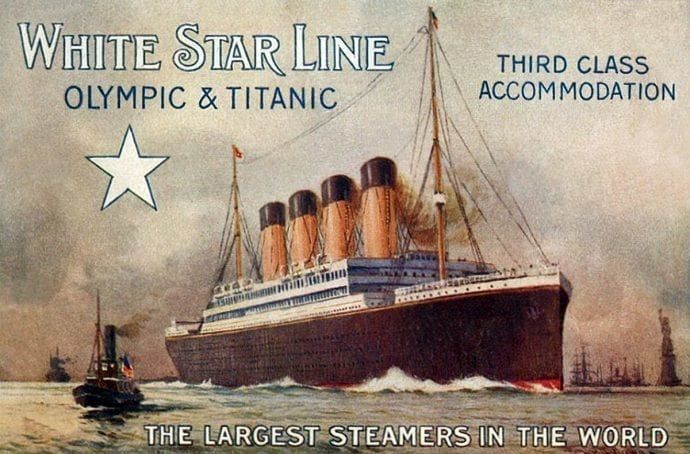
Terrible Decisions
Signs Were Ignored
The sinkage of the Titanic shouldn’t have been a surprise. The collision between the HMS Hawk and the RMS Olympic’s should have been a clear warning about how fragile the hulls were. The Titanic should have been improved, but it wasn’t.
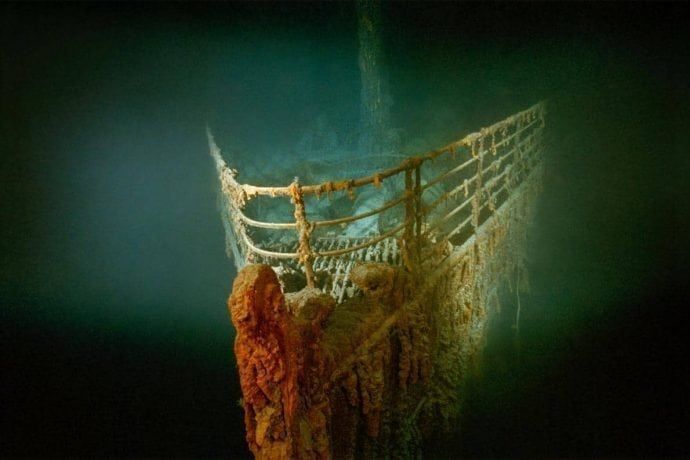
Signs Were Ignored
New Laws
After the sinking of the Titanic, there were many laws created to ensure the safety of passengers traveling in cruise ships. The new rules saw stricter ice patrols in the North Atlantic. This was made compulsory for all ships to be equipped with a radio, instead of using Morse code.
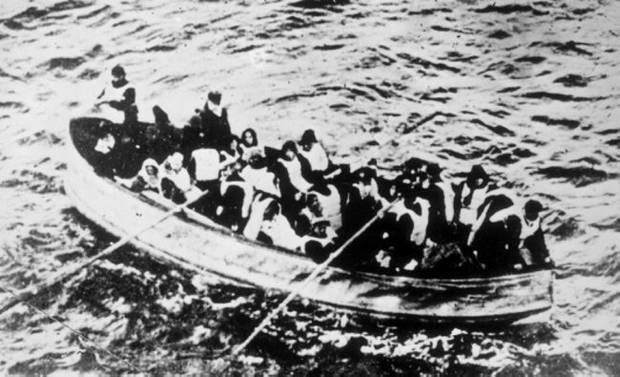
New Laws
A Hefty Price to Pay
The sinking of the Titanic was one of naval history’s most tragic events. It took thousands of innocent lives. Most of these lives were immigrants who saw the ship as a way to gain a better life in the US. It was a dream that would remain just that forever.
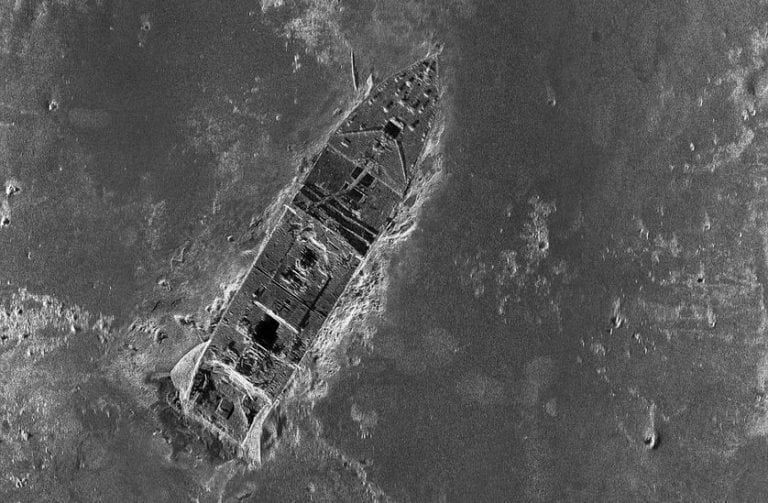
A Hefty Price To Pay
The Origins of the Titanic
Titanic is a word that has links to Greek Mythology. When translated to English, the word means ‘gigantic.’ The name seems appropriate as the Titanic was remarkably large in its day and age. The vessel carried more than 2200 people on its maiden voyage.
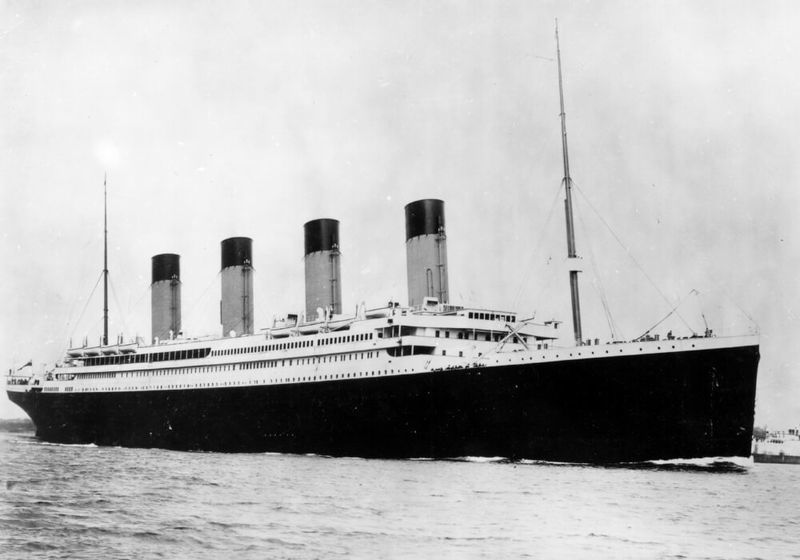
The Origins Of The Titanic
A Ship of Luxury
After four days at sea, the Titanic sank to the bottom of the ocean. The life on the Titanic is widely known through the love story between Rose and Jack. However, what was it really like to be aboard the Titanic?
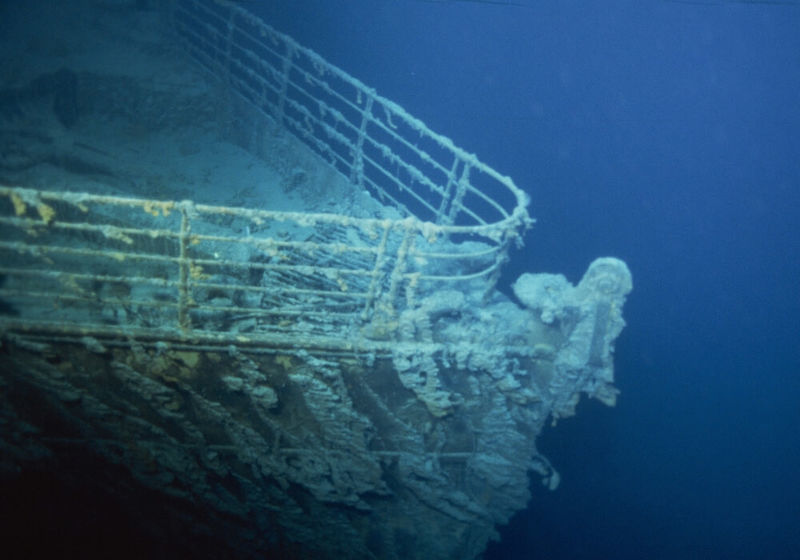
A Ship Of Luxury
The Famous Band
There is a wide array of rumors and legends around the Titanic’s band. One was that the band kept playing as the ship was sinking. This rumor was featured in the movie Titanic and was indeed true. They played as if it was a regular evening.
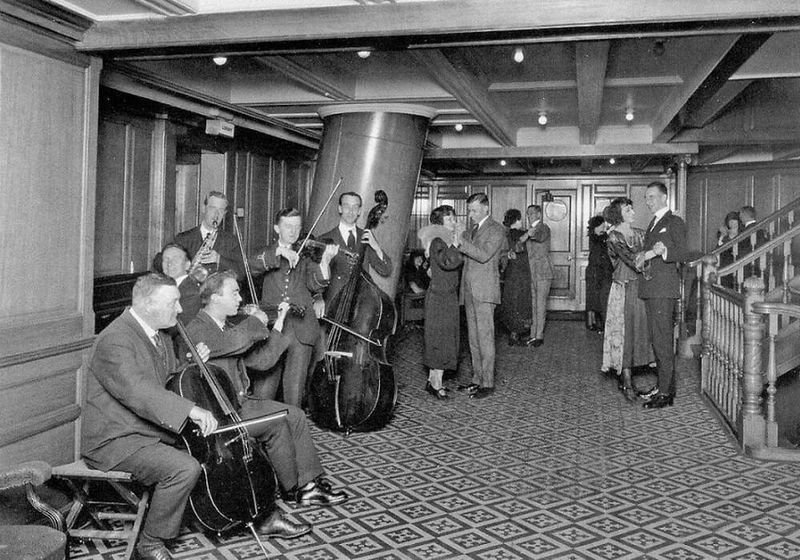
The Famous Band
The Grand Staircase
The Grand Staircase included in the design of the ship was one of the most beautiful and best features among the Titanic. It looks incredibly similar to the staircase in the movie, but it’s not. This was the real deal, and it connected multiple decks.
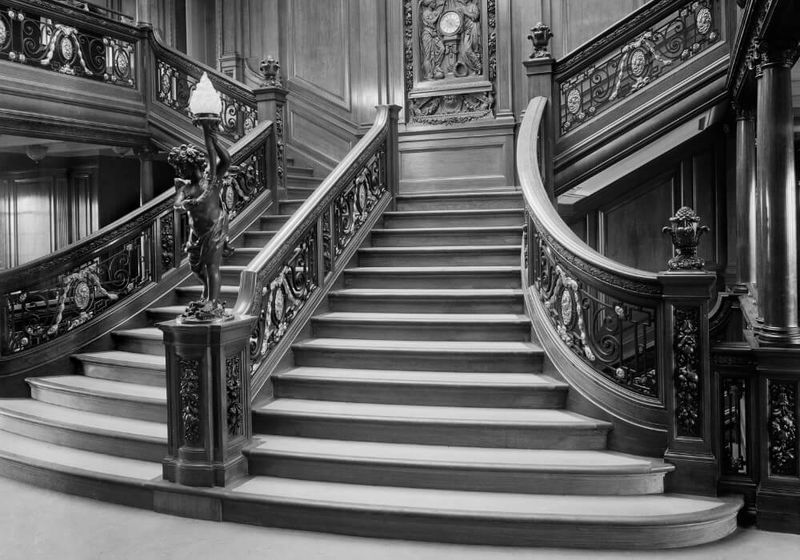
The Grand Staircase
The Indoor Gym
The Titanic included a variety of features. However, one wouldn’t expect to find a gym aboard the vessel. Nonetheless, there was one, and it was equipped with the finest fitness technology at the time, but it was only available to those in the first-class.
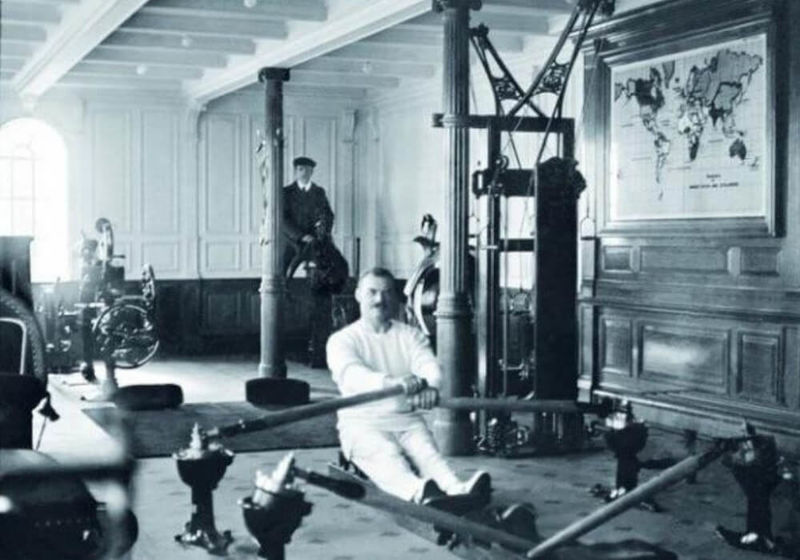
The Indoor Gym
The First-Class Lounge
The first-class lounge was designed with superb décor that can be considered to be quite special and unique. It definitely was far from the norm. This lounge was located on Deck A and was a very popular area for people to smoke and interact.
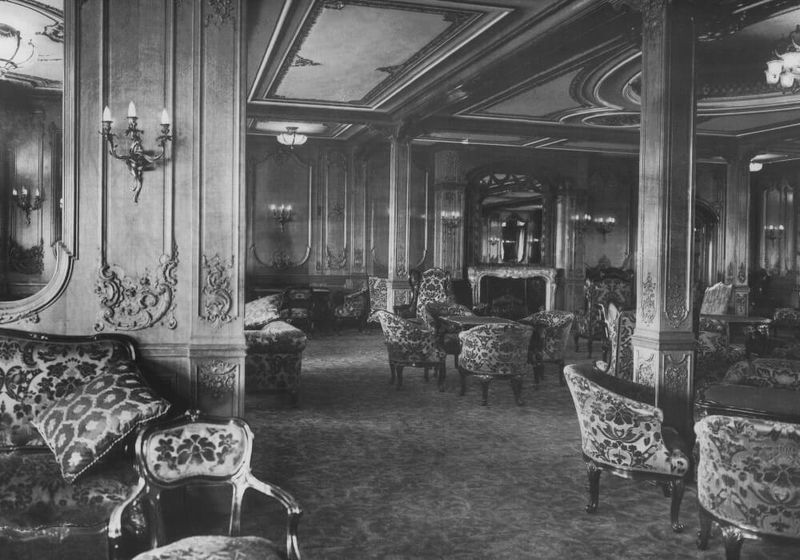
The First Class Lounge
Café Parisien
The indoor lounge was incredibly popular, but the first-class passengers who enjoyed life outside preferred to drink their tea at the Café Parisien. It offered a gorgeous view of the Atlantic Ocean, and it was the first café ever included in an ocean liner.
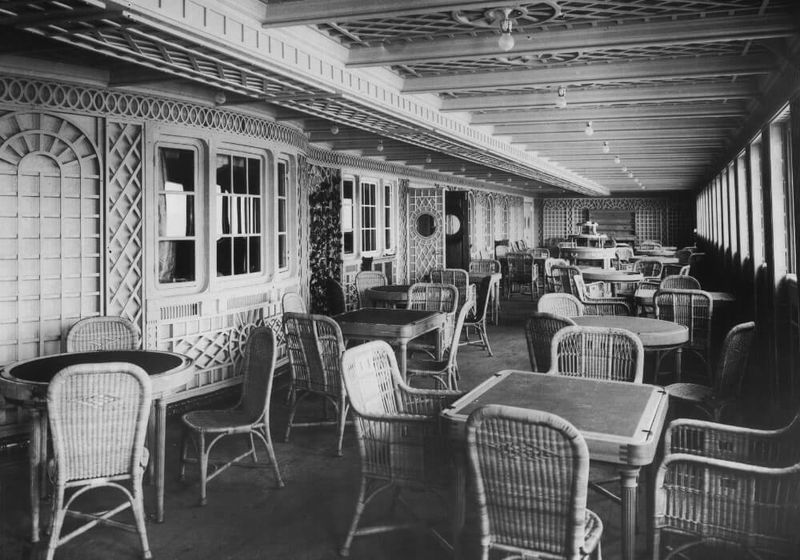
Café Parisien
First-Class Cabins
The first-class cabins offered a luxurious space that not many people would turn down sleeping in today. There was a small section of elite rooms that were equipped with their own private deck, with their own personal view of the Atlantic Ocean.
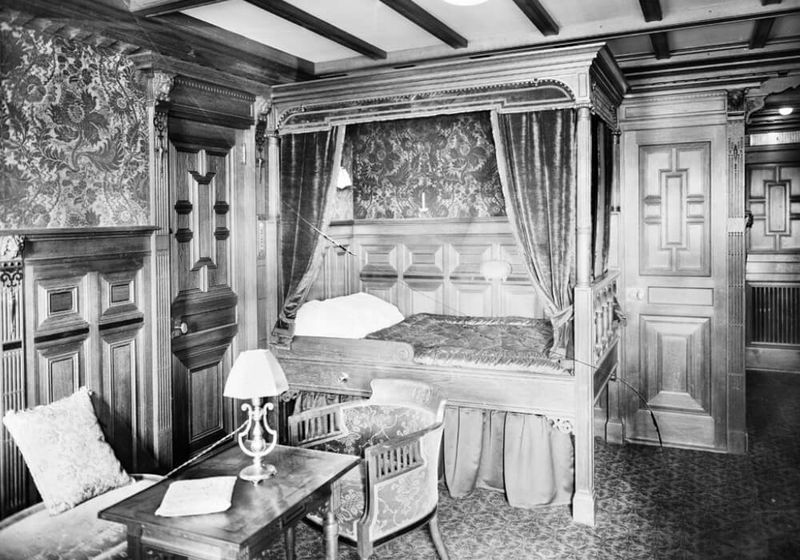
First Class Cabins
Second-Class Cabins
There was quite a big dive in standard from the first-class to the second-class cabins. These cabins had a simple seating area, a private bedroom, and bunk beds. These rooms were far less luxurious than first-class but still quite enjoyable.
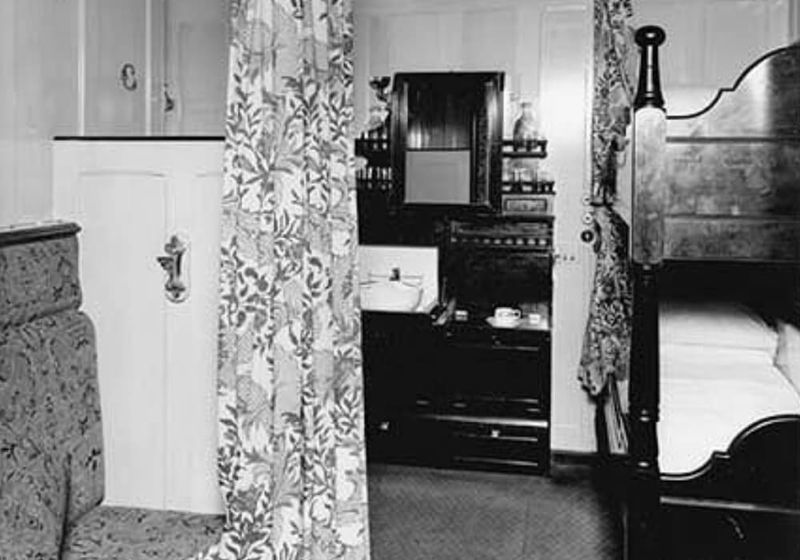
Second Class Cabins
Third-Class Cabins
The best way that you could have described the third-class cabins was absolutely awful. In fact, that may be an understatement. These were as basic as you could get and seem to have the same characteristics as a prison cell. Space was limited, so you mainly saw the third-class passengers roaming the areas of the Titanic that they were permitted.
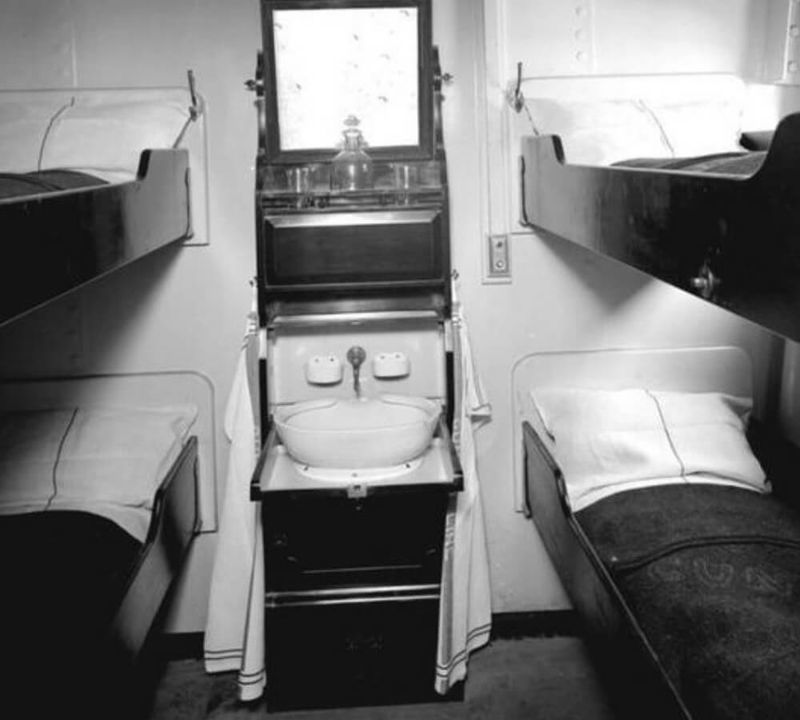
Third Class Cabins


